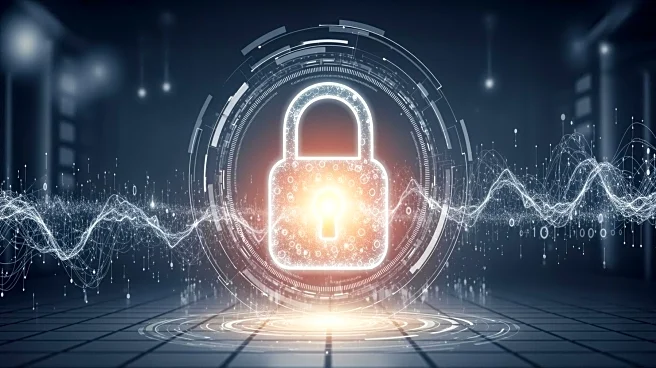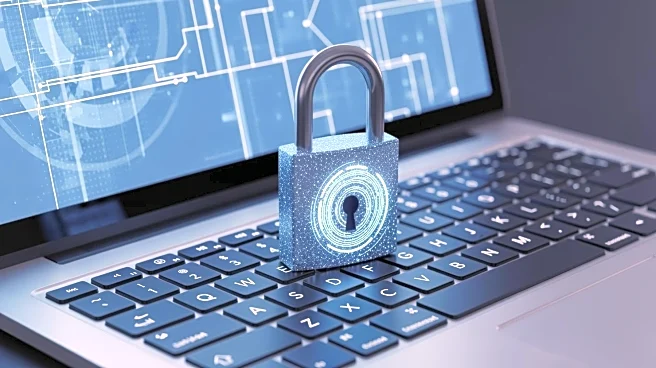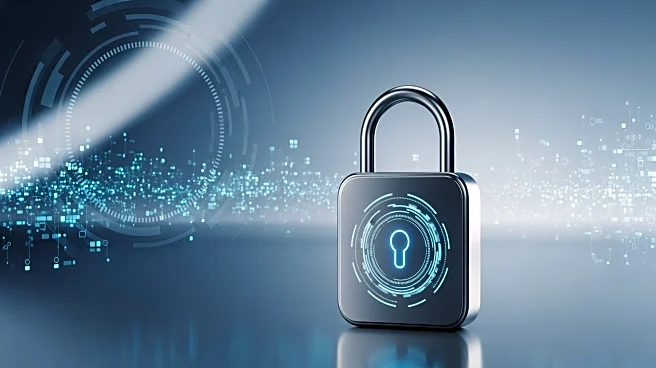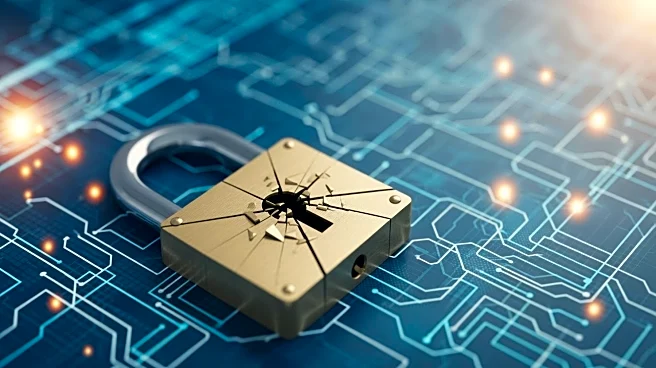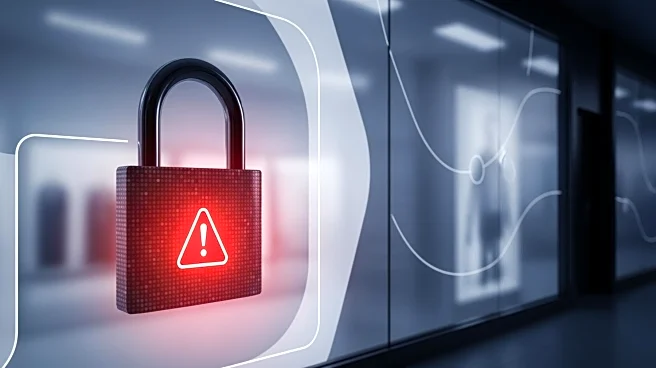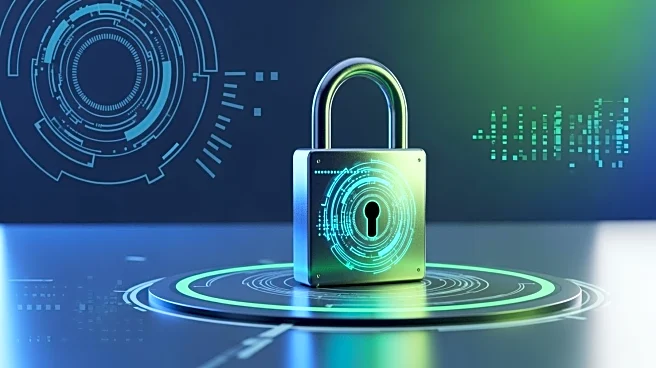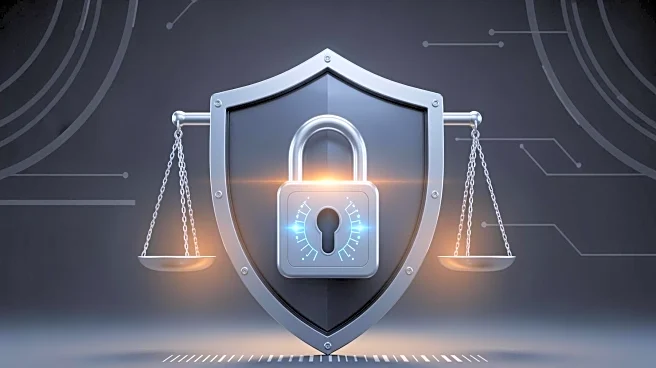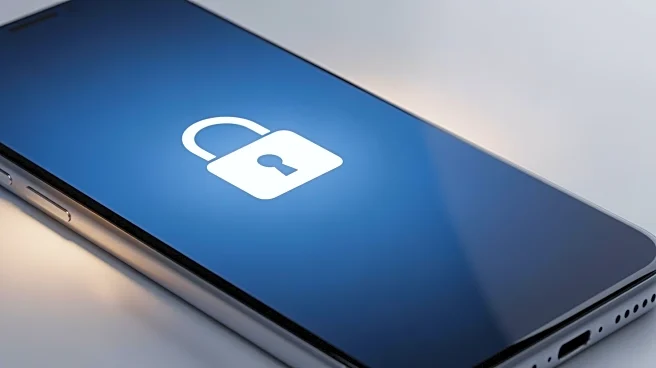What's Happening?
Signal Protocol is advancing its encryption methods to counteract potential threats posed by quantum computing. The protocol is implementing a two-phased approach to achieve quantum resistance. Initially, it introduces the Post-Quantum Extended Triple
Diffie-Hellman (PQXDH) protocol to secure key exchanges against future quantum attacks. Subsequently, the Sparse Post-Quantum Ratchet (SPQR) is integrated, forming the 'Triple Ratchet' system alongside the existing Double Ratchet. This hybrid system ensures ongoing quantum-safe forward secrecy and post-compromise security throughout the lifecycle of a conversation, addressing vulnerabilities in current cryptographic protocols.
Why It's Important?
The development of quantum-resistant encryption by Signal Protocol is a significant step in safeguarding digital communications against future quantum computing threats. Quantum computers have the potential to break existing cryptographic systems, posing risks to data security and privacy. By proactively enhancing its encryption methods, Signal Protocol is ensuring the longevity and reliability of secure messaging. This advancement is crucial for maintaining trust in digital communication platforms, protecting user data, and preventing unauthorized access in a future where quantum computing becomes prevalent.
What's Next?
Signal Protocol's implementation of quantum-resistant measures will likely influence other digital communication platforms to adopt similar strategies. As quantum computing technology progresses, the need for robust encryption will become increasingly critical. Signal Protocol's proactive approach sets a precedent for the industry, encouraging further research and development in quantum-safe cryptographic solutions. Stakeholders in digital security and communication will need to monitor advancements in quantum computing and adapt their security protocols accordingly.
